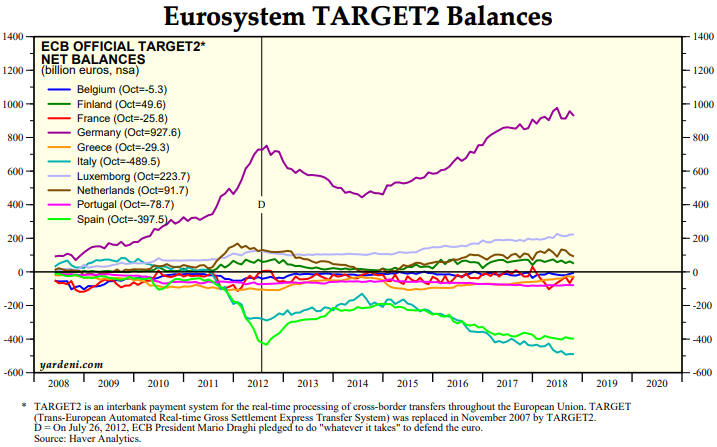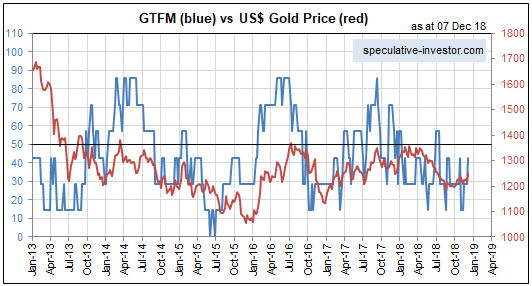Like every other financial market in world history, the gold market is manipulated. However, anyone who believes that manipulation of the gold market is an important influence on major gold-price trends does not understand the true fundamental drivers of the gold price.
To paraphrase Jim Grant, gold’s market value is the reciprocal of confidence — in the banking system (including the central bank), the economy and the government. In other words, gold should do relatively well when confidence is on the decline and relatively poorly when confidence is on the rise.
By comparing the gold/commodity ratio with measures of monetary and/or economic confidence it can be shown that gold generally does exactly what it should do. There are periods of divergence, but these tend to be short (no more than a few months) and barely noticeable on long-term charts.
The point outlined above can be illustrated by comparing the gold/commodity (gold/GNX) ratio with the IEF/HYG ratio, which I’ve done in the following chart.
The IEF/HYG ratio is fit for our purpose because it is a measure of what’s happening to credit spreads, and because the economy-wide credit-spread trend is one of the best indicators of economic confidence. Specifically, the IEF/HYG ratio increases when credit spreads are widening (indicating declining economic confidence) and decreases when credit spreads are narrowing (indicating rising economic confidence).
Therefore, it is fair to say that the following chart compares the gold/commodity ratio with the reciprocal of confidence in the US economy.
Lo and behold, the two lines on the chart track each other quite closely.
 Print This Post
Print This Post












